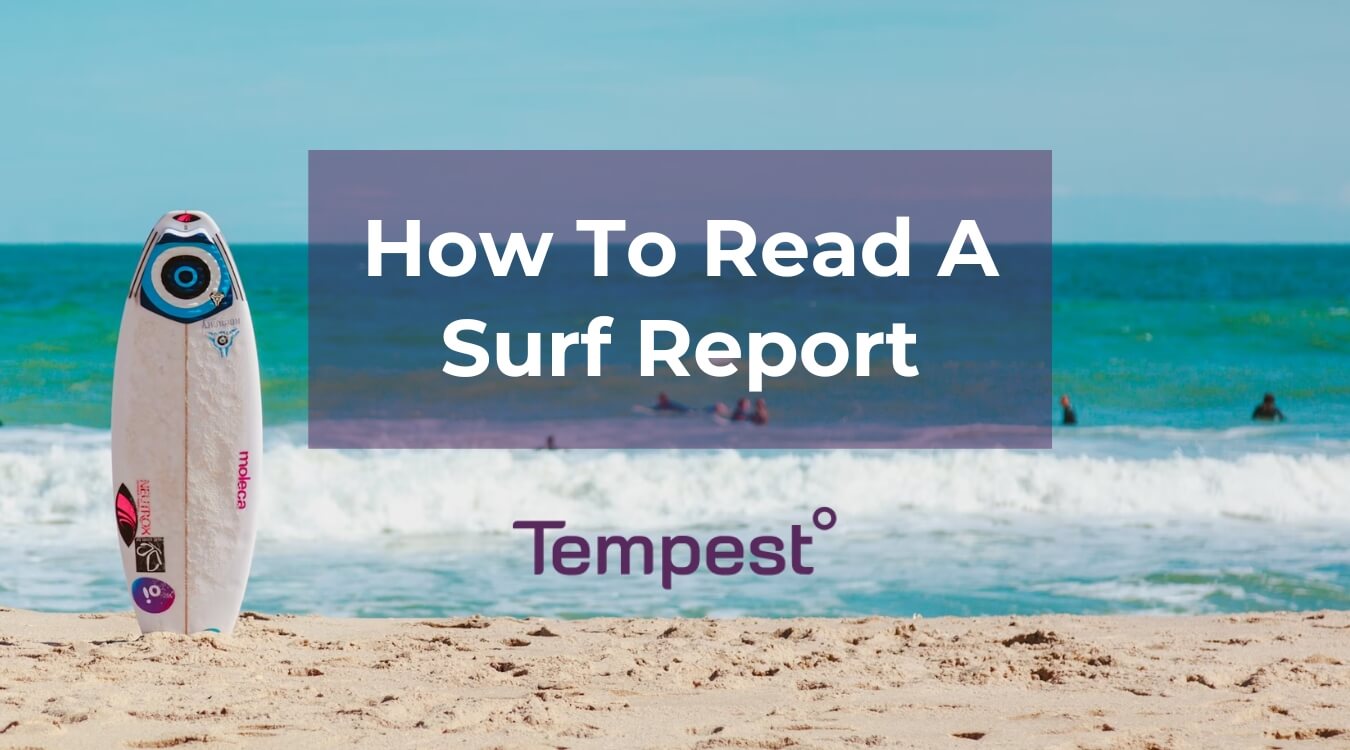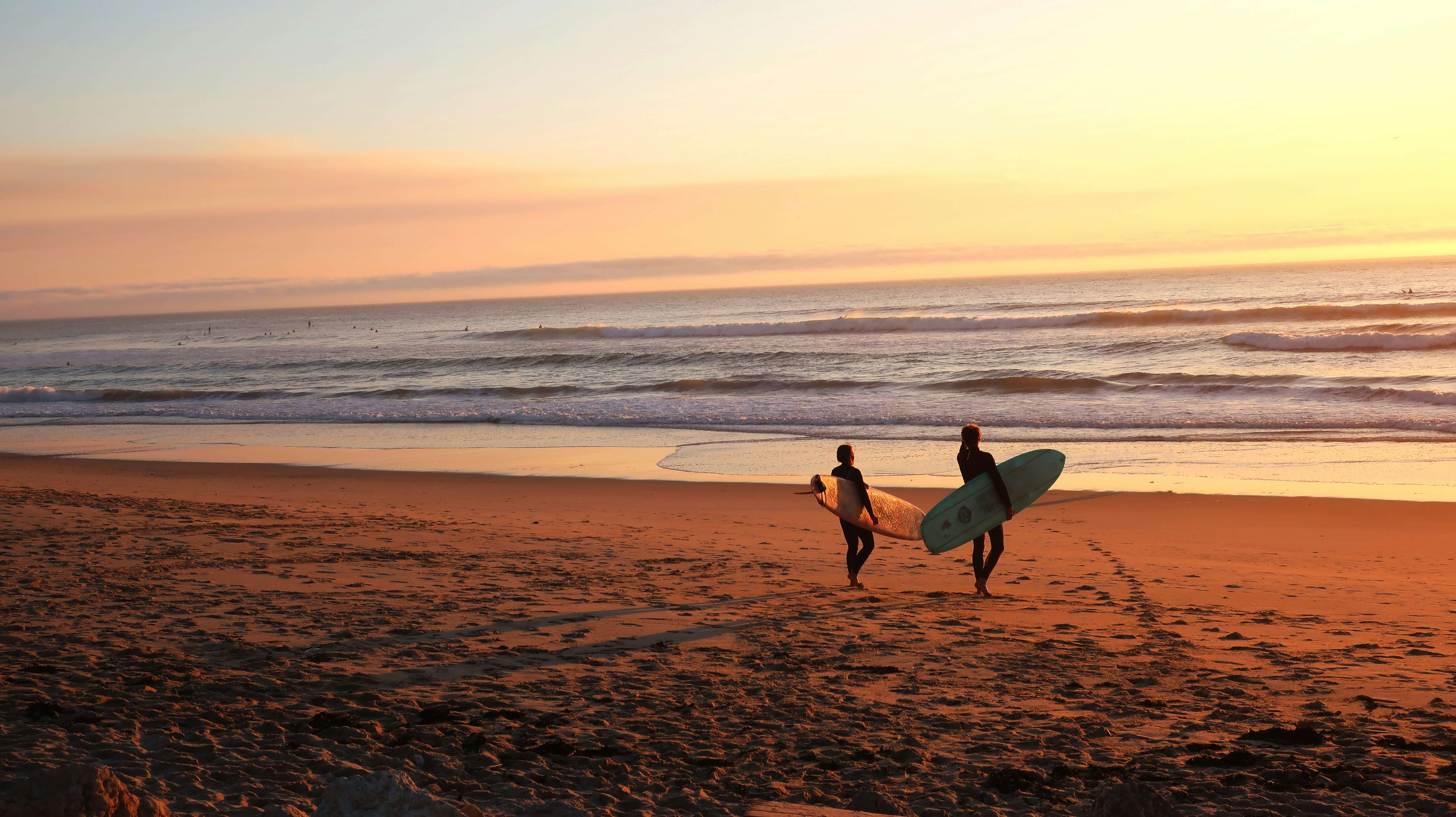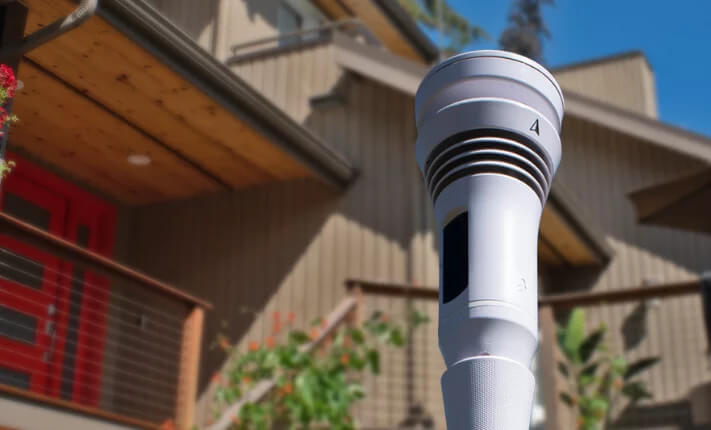How do you know when it’s a good day to surf? Paying attention to the weather is imperative for those looking to get out on the water, and learning how to read a surf report can help you learn when the best times to surf are.
You should know what the water and surf conditions are before you head out with your board, and learning how to read a surf forecast ensures you know the best times to drive to the local beach. This article will cover everything you need to know about checking the surf and staying safe.
- What Is A Surf Report?
- How To Read A Surf Report: 5 Key Factors To Read
- How Accurate Are Surf Reports?
Tempest’s Home Weather System can help you know what the weather is like for a guaranteed better local forecast.
What Is A Surf Report?
Surf reports are tools that provide essential information about surfing conditions. It reports information such as:
- Wave size
- Wave intensity
- Wind conditions
- Atmospheric pressure
- Swell direction
- Tides
Since all of the above conditions can quickly – and drastically – change, reading surfing conditions is crucial to be able to find the best and safest times and locations for this outdoor hobby. While being able to read the ocean when you get to the beach is another way to determine this, surf reports let you know ahead of time what to expect and when you should head out to the water.
What Is A Surf Swell?
A surf swell is usually shown in a surf report, but what does a swell mean in surfing? Swells consist of a series of waves that travel from wind sources or storms, sometimes hundreds of miles away. Essentially, this is energy that wind has transferred to the water, creating ripples or waves, depending on the strength of the initial source. Swells can determine the quality, direction, and length of waves, making it important to understand.
How To Read A Surf Report: 5 Key Factors To Read
When learning to read surfline reports, several critical factors influence the weather and water conditions. Five of the most important qualities of a surf report include swell size, swell direction, swell period, wind speed and direction, and information on the tides.
Swell Size
Swell size, or surf wave height, directly impacts overall surf condition. A wave height guide is often included in surf reports, ensuring that surfers know the size and height of the waves. Swell size refers to the measurement from the bottom of the wave (known as the “trough”) to the top of the wave (known as the “crest”). Buoys usually measure this out on the water.
A swell size of 1-2 feet is considered good for beginners, while more experienced surfers can usually surf on 3-6 feet waves.
Swell Direction
The direction of the swells is another important factor to keep in mind. This measurement tells you the direction that the swell is coming from. It is often expressed in degrees or with specific directions (such as north, south, etc.). Swell direction helps you determine where the waves will break and how the waves will hit the coastline.
Swells that come in at an angle, like from a southeastern direction as opposed to strictly south, will reduce the size of the wave.
Swell Period
Swell periods tell you how long the gaps between waves are. This is measured in seconds, and the longer the gap, the more powerful waves tend to be. Swell periods of 10-20 seconds are usually the most appealing for surfers, whereas swell periods of 10 seconds or less tend to result in less powerful conditions.
Groundswells are long-period groups of waves that are created by distant storms far, far away from the coast. These swells are much more powerful than locally generated waves, and the period between groundswells is usually 15 seconds on the low end, making them desirable for surfers.
Wind Speed And Direction
Wind speed and direction have a large influence on the strength of waves. There are multiple types of wind direction. Onshore winds indicate wind that is blowing from the ocean to the shore, while offshore winds are when wind is blowing from the shore to the ocean. Onshore tends to cause choppier waves, while offshore ones create more ideal conditions. Ideally, however, some surfers prefer no offshore or sideshore wind at all.
Best Wind For Surfing
The best wind for surfing is absolutely no wind, as it won’t make conditions too difficult. Many surfers have to fight the wind when they get to the crest of a wave, making slower winds much more ideal.
Tide
Both low and high tides can affect surfing conditions. These will vary from location to location, so it’s important to look at your local surfing report to determine the conditions near you. Tides determine how the wave will break, and high or low tides may be more beneficial depending on where you live.
How Accurate Are Surf Reports?
Surf reports, like weather reports, are not always 100% accurate, as they constantly change based on the weather conditions. It’s best to use multiple sources and local surfing knowledge to determine the most reliable surf reports for your area.
Weather conditions and the time it takes information to report back to weather stations and weather instruments (such as buoy information that tends to be multiple miles away from shore) are both factors that can affect these reports’ accuracy.
Create More Accurate Local Surf Reports With The Tempest Weather System
To get the most accurate weather readings for your area, utilize our Tempest Weather System. Our technology uses real-time observed weather data from your direct location to improve forecast accuracy closest to you dramatically, and it can be read on your phone or even connected to your smart home. It can be used alongside a surf report to give you more local weather data, such as the chance for rain or lightning. We also have two apps for specific types of surfers – the iWindSurf Weather App and the iKiteSurf Weather App – to cater to surfers’ needs so they can safely find the best times to surf.
Get more information about how Tempest Weather Systems are here for your needs to ensure you’re always surfing the best waves.



